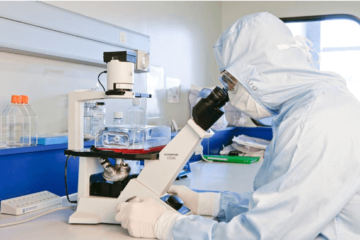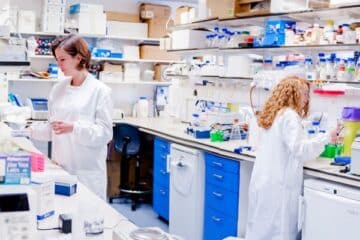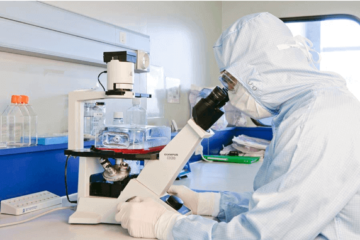Genome Editing to Address Sickle Cell Crisis with CRISPR/Cas9
**Genome Editing for Sickle Cell Disease: CRISPR/Cas9 as a Potential Cure**
Sickle cell disease, a debilitating genetic disorder, is poised to be revolutionized by genome editing techniques like CRISPR/Cas9. This innovative approach holds promise for permanent treatment by targeting the root cause of the disease: faulty hemoglobin genes.















